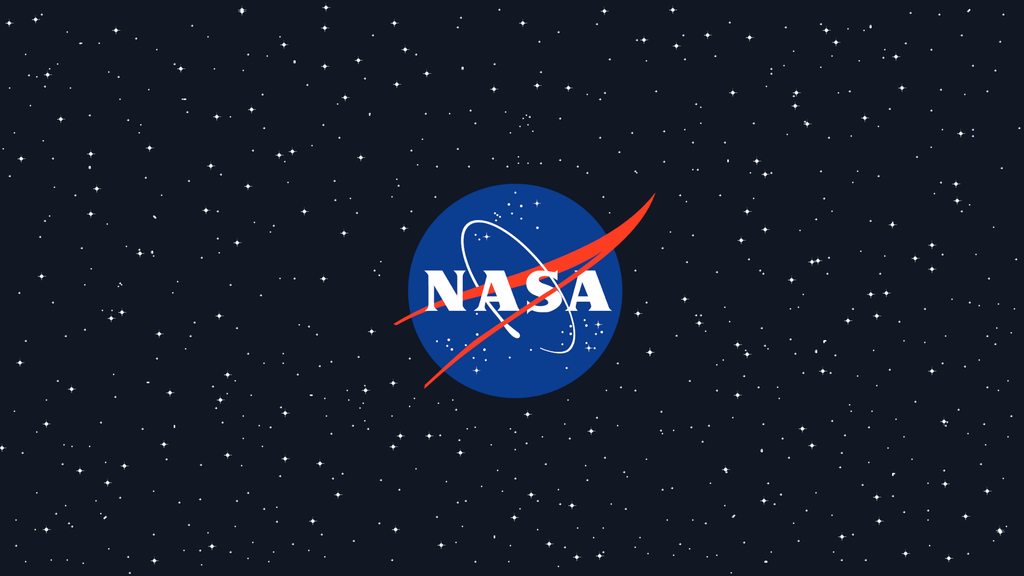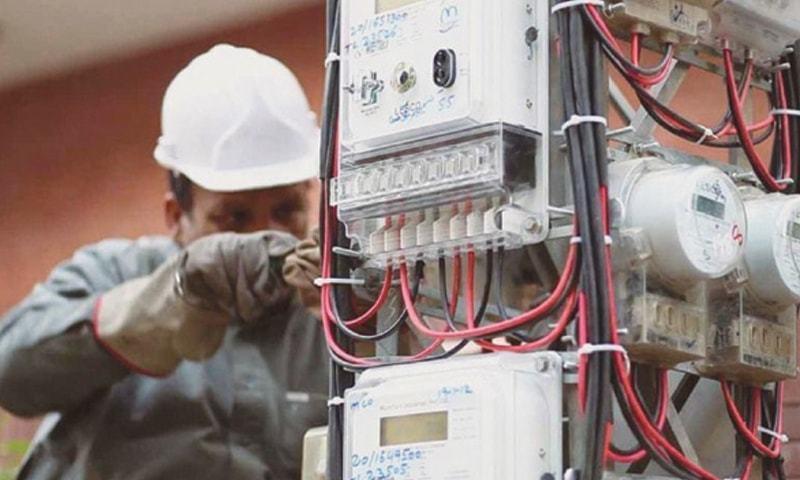For the first time in history, a spacecraft has touched the Sun. NASA’s Parker Solar Probe has now flown through the Sun’s upper atmosphere — the corona — and sampled particles and magnetic fields there, the US space agency has said.
The first-ever passage through the corona at 4.89 million miles lasted only a few hours. It is also one of many planned for the mission.
Launched in 2018 to explore the mysteries of the Sun, the Parker Solar Probe has, so far, completed nine full orbits of the Sun. Before its prime mission ends in 2025, it will complete another 15 orbits.
It is expected to spiral closer to the Sun in January, eventually reaching as close as 3.83 million miles from the surface.

During its eighth flyby of the Sun in April, the spacecraft encountered the specific magnetic and particle conditions at around 8.1 million miles above the solar surface that told scientists it finally entered the solar atmosphere.
The new milestone marks one major step for Parker Solar Probe and one giant leap for solar science, NASA said, adding that it will help scientists uncover critical information about our closest star and its influence on the solar system.
“Parker Solar Probe ‘touching the Sun’ is a monumental moment for solar science and a truly remarkable feat,” said Thomas Zurbuchen, the associate administrator for the Science Mission Directorate at NASA Headquarters in Washington, in a statement.
“Not only does this milestone provide us with deeper insights into our Sun’s evolution and it’s impacts on our solar system, but everything we learn about our own star also teaches us more about stars in the rest of the universe,” he added.
As it circles closer to the solar surface, Parker is making new discoveries that other spacecraft were too far away to see, including from within the solar wind — the flow of particles from the Sun that can influence us at Earth. The findings have been published in the journal Physical Review Letters and will also appear in the Astrophysical Journal.
In 2019, Parker discovered that magnetic zig-zag structures in the solar wind, called switchbacks, are plentiful close to the Sun. But how and where they form remained a mystery. Halving the distance to the Sun since then, Parker Solar Probe has now passed close enough to identify one place where they originate: the solar surface.
“Flying so close to the Sun, Parker Solar Probe now senses conditions in the magnetically dominated layer of the solar atmosphere — the corona — that we never could before,” said Nour Raouafi, the Parker project scientist at the Johns Hopkins Applied Physics Laboratory in Laurel, Maryland.
“We see evidence of being in the corona in magnetic field data, solar wind data, and visually in images. We can actually see the spacecraft flying through coronal structures that can be observed during a total solar eclipse,” Raouafi added.














